Both these terms: controller(forexample PID controller) and compensator(Lead compensator) are often encountered in control systems,but what is difference between these two?
Brain douglas in this following video tells that both these terms controller and compensaator are used interchangeably
https://www.youtube.com/watch?v=xLhvil5sDcU
But in the below link ee SE question with almost same content/query ,controller and compensator are mentioned as different entities
Difference between a controller (e.g PD) and a compensator(e.g Lead)?
I have also attached snapshot of pg5 of qnet vtol workbook where i have highlighted "compensator" term used with PID instead of "controller" term?